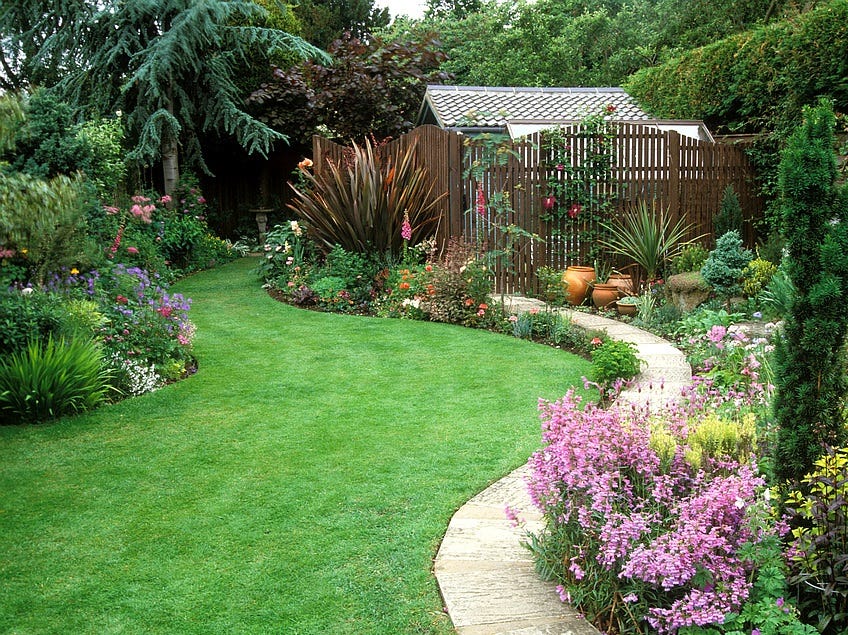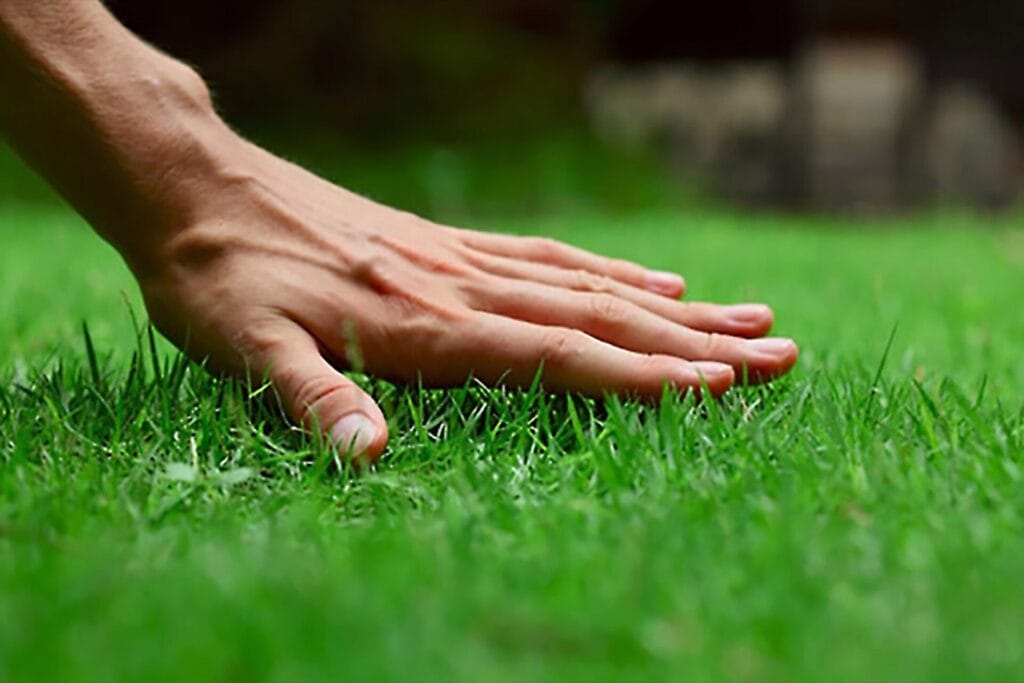The Best Grass Types for Leander, TX Lawns (And How to Keep Them Thriving)
Leander, TX, with its hot summers and occasional droughts, presents unique challenges when it comes to maintaining a lush, healthy lawn. The right grass type can make all the difference in how well your lawn thrives throughout the year. In this blog, we’ll explore the best grass varieties for Leander lawns and share expert tips on how to keep them healthy and vibrant, no matter the season.


Bermuda grass is one of the most popular grass varieties for Texas lawns, and it thrives in Leander’s hot climate. This warm-season grass is drought-tolerant and grows well in full sun, making it ideal for the intense summer heat that Leander experiences. Bermuda grass forms a dense, thick carpet, providing excellent coverage that helps prevent weeds from taking over.
How to keep Bermuda grass thriving:
- Mowing: Keep Bermuda grass mowed to a height of 1 to 2 inches for the best results. It’s important not to cut it too short, as this can stress the grass.
- Watering: Bermuda grass is drought-tolerant, but it thrives when watered deeply and infrequently. Aim for 1 to 1.5 inches of water per week, including rainfall.
- Fertilization: Apply a slow-release fertilizer in early spring to encourage strong growth, but avoid over-fertilizing, as this can lead to thatch buildup.
Zoysia grass is another excellent option for Leander lawns. It’s known for its low-maintenance qualities and tolerance to both heat and drought, which makes it perfect for Texas summers. Zoysia grass has a fine texture, and its dense growth can help choke out weeds. It’s also somewhat shade-tolerant, making it a good choice for areas with partial sunlight.
How to keep Zoysia grass thriving:
- Mowing: Zoysia grass grows best when mowed to about 1.5 to 2 inches in height. Keep it sharp, as cutting with a dull mower blade can damage the grass.
- Watering: Like Bermuda, Zoysia is drought-resistant but benefits from deep watering. Water it 1-2 times per week during the summer months.
- Fertilization: Use a balanced fertilizer in spring to encourage growth, but avoid applying too much nitrogen, as this can lead to thatch problems.
If your Leander lawn has areas that receive less direct sunlight, St. Augustine grass may be the best option. This warm-season grass is known for its ability to thrive in shaded areas and offers a lush, thick appearance. St. Augustine grass has a coarser texture compared to Bermuda or Zoysia, but it creates a beautiful, soft lawn when cared for properly.
How to keep St. Augustine grass thriving:
- Mowing: Keep St. Augustine grass at a height of 2.5 to 4 inches to promote healthy growth and prevent scalping.
- Watering: St. Augustine grass prefers moist soil but is not as drought-tolerant as Bermuda or Zoysia. Aim for around 1 to 1.5 inches of water per week.
- Fertilization: Apply a nitrogen-rich fertilizer in the spring, but avoid over-fertilizing, which can lead to excessive growth and potential pest problems.
For those looking for a low-maintenance, drought-resistant grass, Buffalo grass is a great choice for Leander lawns. This native grass variety thrives in dry conditions and requires significantly less water than many other grasses. Buffalo grass has a soft texture and a blue-green hue that looks beautiful in the landscape, making it a popular option for homeowners looking for a more natural, eco-friendly lawn.
How to keep Buffalo grass thriving:
- Mowing: Buffalo grass grows slowly, so it doesn’t require frequent mowing. Keep it at a height of around 2 to 3 inches to ensure healthy growth.
- Watering: As a drought-tolerant grass, Buffalo grass doesn’t need much water. Water it deeply once a week during hot months, but avoid over-watering.
- Fertilization: Buffalo grass doesn’t require much fertilizer. In fact, it grows best with minimal feeding, so only apply a light dose of fertilizer in spring if necessary.
Fescue grass is a cool-season grass variety that can be a good choice for the cooler months in Leander. While it doesn’t thrive during the intense summer heat, fescue remains green and active during fall and winter. If you want a lawn that looks good year-round, consider blending fescue with warm-season grasses like Bermuda or Zoysia.
How to keep Fescue grass thriving:
- Mowing: Keep fescue grass at a height of 3 to 4 inches during the cooler months. Regular mowing helps maintain its health.
- Watering: Fescue needs regular moisture, so ensure it’s watered consistently during the fall and winter months.
- Fertilization: Apply a balanced fertilizer in fall to support growth during the cooler season. Avoid fertilizing too much in the summer when the grass goes dormant.
Conclusion
Choosing the right grass for your Leander lawn is the first step toward achieving a lush, healthy yard. Bermuda, Zoysia, St. Augustine, Buffalo, and Fescue all offer unique benefits depending on your lawn’s needs, from heat tolerance to drought resistance. Once you’ve selected the best grass for your yard, make sure to follow proper lawn care practices, including mowing, watering, and fertilizing, to keep your lawn thriving throughout the year.



